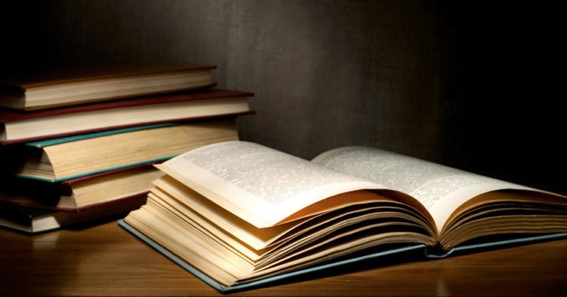Are you curious to know what is a literary text? You have come to the right place as I am going to tell you everything about a literary text in a very simple explanation. Without further discussion let’s begin to know what is a literary text?
Literature has been a window into the human experience for centuries, allowing us to explore diverse worlds, emotions, and perspectives. At the heart of this rich tapestry lies the literary text, a foundational element that encapsulates the artistry and imagination of writers. In this blog, we will delve into the essence of a literary text, uncovering its key characteristics, significance, and the impact it has on readers and society.
What Is A Literary Text?
A literary text is a piece of written or spoken work that is deemed artistic and creative in nature. It serves as a vessel through which authors convey their ideas, emotions, and messages to an audience. Literary texts encompass a wide range of forms, including novels, short stories, poems, plays, essays, and even oral traditions such as folk tales and myths. What sets these texts apart is their intention to evoke emotional responses, provoke thoughts, and provide insights into the complexities of human existence.
Key Characteristics Of Literary Texts
- Artistic Language: Literary texts often employ figurative language, symbolism, metaphors, and other literary devices to enhance the depth and resonance of the content.
- Narrative Elements: Most literary texts have a narrative structure, featuring characters, settings, conflicts, and resolutions that create a sense of engagement and plot development.
- Exploration of Themes: Literary texts delve into universal themes such as love, identity, justice, morality, and human nature, inviting readers to ponder their own beliefs and experiences.
- Emotional Resonance: Authors use literary techniques to evoke emotions in readers, forging a connection that transcends the words on the page.
- Layered Meanings: Literary texts often have multiple layers of meaning, allowing for diverse interpretations and encouraging readers to explore beyond the surface.
Significance Of Literary Texts
- Cultural Preservation: Literary texts serve as cultural artifacts, preserving the beliefs, values, and history of different societies across time.
- Empathy and Understanding: By immersing readers in different perspectives and experiences, literary texts foster empathy and broaden understanding of diverse individuals and cultures.
- Critical Thinking: Engaging with literary texts encourages readers to analyze, question, and critically evaluate themes, characters, and societal issues.
- Artistic Expression: Writers use literary texts as a means of artistic expression, creating works that resonate with readers on emotional, intellectual, and aesthetic levels.
- Social Commentary: Many literary texts offer insightful commentary on social, political, and ethical issues, prompting readers to reflect on their own beliefs and actions.
Conclusion
The world of literature is a treasure trove of human creativity and expression, with literary texts at its core. These works of art transcend time and space, inviting readers to embark on journeys of imagination, emotion, and contemplation. Whether through classic novels, thought-provoking poems, or intricate plays, literary texts continue to shape our understanding of the human experience, offering a mirror to society and a canvas for the boundless creativity of the human mind.
Get more information about cast on Starcasto
FAQ
What Is An Example Of A Literary Text?
Some good examples of literary texts include novels, short stories, and poetry. However, non-literary texts are texts whose primary purpose is to convey information and do not have the same narrative and fictional elements as literary texts.
How Do You Identify A Literary Text?
Literary Text: A story about people, animals, or events that is made up by an author. Characters: The people or animals in a story. Setting: The time and place, or when and where, a story happens. Events: The things that happen in a story.
What Are The 3 Literary Text Types?
The text types are broken into three genres: Narrative, Non- fiction and poetry. Each of these genres has then been sub-divided into specific text types such as adventure, explanation or a specific form of poetry, e.g. haiku.
What Makes Up A Literary Text?
Literary elements are the building blocks of literature. They are the essential ingredients that make up a story, poem or play. Without literary elements, there would be no literature. Literary elements include plot, conflict, character, setting, point of view, and theme.
I Have Covered All The Following Queries And Topics In The Above Article
What Is A Literary Text
What Is Needed For Juxtaposition In A Literary Text?
What Is An Example Of Juxtaposition In A Literary Text?
What Literary Element Is Most Likely To Indicate A Text Attitude
What Is Needed For Juxtaposition In A Literary Text
What Is The Central Idea Of A Literary Text?
What Is Explicit Meaning In A Literary Text?
What Is Point Of View In A Literary Text?
What Is A Non Literary Text
What Is Evidence In A Literary Text?
What Is Foreshadowing In A Literary Text?
What Is A Literary Text
What is an example of a literary text
